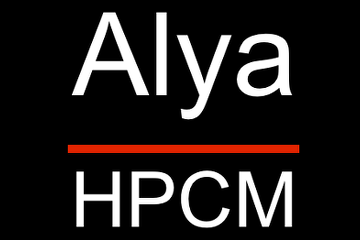SOFTWARE & HARDWARE
Licensable technology created by BSC
Apache License (Version 2.0)
ALOJA Big Data Benchmarking platform includes tools to define and deploy clusters, orchestrate benchmarking, collect and manage results, and analyze them in web app including, Predictive Analytic tools.
Alya is a high performance computational mechanics code to solve engineering coupled problems.
A set of reinforcement learning (RL) methods for predictive control in adaptive optics.
Through trial and error we learn a function that maps information of a wavefront sensor (WFS) to commands to a deformable mirror to correct for wavefront distortions created by the atmosphere when observing with ground-based telescopes. We have tested different wavefront sensors and instrument simulations.
A benchmark suite in the form of an application developed and implemented to represent some of the state-of-the-art Autonomous Driving modules which are using deep learning-based approaches.
GPL License (Version 3.0)
The ASPECT multi-annual shiny app is an interactive website based on the R Shiny App package that includes annual and multi-annual forecasts of climate variables and drought indicators for the Catalan region (maps and timeseries of regional averages). The forecast quality is also displayed on the website to inform stakeholders about the trustworthiness of the forecasts for each specific region, forecast period, and variable or indicator.
Library for the location and identification of single atoms in electron microscopy images.
The autolauncher is a library in Python for preparing distributed environments for arbitrary code execution. It was initially developed for integrating CI pipelines with the generation of slurm launchers in cluster-like machines, but it has expanded beyond that.
GPL License (Version 3.0)
BSD License (Version 3.0)
GPL License (Version 2.0 or later)
LGPL License (Version 2.1)
The performance tools developed at BSC are an open-source project targeting not only to detect performance problems but to understand the applications' behavior.
Barcelona Subsurface Imaging Tools (BSIT) is a software platform, designed and developed to fulfill the geophysical exploration needs for HPC applications.
Chemistry Across Multiple Phases (CAMP) version 1.0: an integrated multiphase chemistry model




















